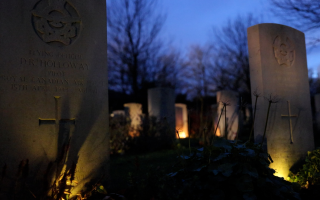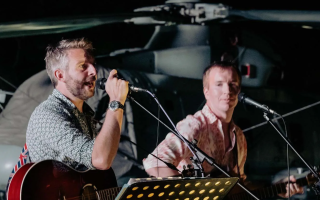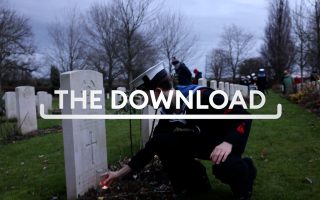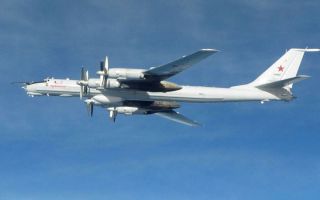Comparing kit: Royal Marines and US Marines gear up for mountain warfare
Members of 45 Commando have been working with their US Marine Corps counterparts at the remote Mountain Warfare Training Centre at Pickel Meadows in California.
While the British troops are more used to operating in the cold in Norway, their USMC brethren tend to be deployed to warmer climes.
However, on Exercise Green Dagger, both units faced identical conditions – but did they carry identical kit? BFBS Forces News took a detailed look in order to find out.
Corporal Liam Brown, a Mountain Leader Class 2 from 45 Commando's X-Ray Company, said: "We're here in the States at the moment, and I'm just going to go through some of the kit and equipment that we use in the mountains here."
Meanwhile, First Lieutenant Francisco Colunga, a platoon commander with 2nd Battalion 4th Marines, explained the clothing and equipment his marines would carry.
As the pair worked their way through the kit list, it became apparent that there were more similarities than differences.
Both men who were being used as demonstrators had helmets that could be worn with electronic comms and hearing protection, the Royal Marine's being the Ops-Core ballistic helmet.

Then there were the chest rigs.
While a soldier or marine on a regular battlefield would carry webbing – a series of pouches that are worn around the waist – such a setup would not work in the confines of the mountains.
So in order to maintain maximum agility, both demonstrators were wearing chest rigs with a limited number of front-facing pouches.
The chest rigs allow them to carry magazines for their personal weapons – the Royal Marine's being tagged yellow to signify they were to be used only with blank ammunition, not live.
Pouches attached to both rigs let the men carry items such as first aid kits, grenades and maps.
As for the weapons themselves, the Royal Marine was carrying the US-made KS-1 assault rifle, while the US Marine was armed with an M27 Infantry Automatic Rifle, designed by German firm Heckler & Koch.
While the Royal Marines used to use the SA80 L85 with a bullpup configuration, both the KS-1 and M27 feature a conventional layout of the pistol grip and trigger behind the magazine housing.
The US Marine's rifle was equipped with a telescopic sight called an SCO – Squad Common Optic – which has a magnification range of 1-8x, making it ideal for longer engagements.

Cpl Brown said the Commandos were getting to grips with their new weapon and appreciated the layout.
"We are using the KS-1 out here. It's the first time it's been used in this theatre, so the marines are starting to get to grips with how it works and how they can sling it and how they can carry it," he said.
"It's been a little bit harder for them because we've had the SA80 for so long and the lads just know what to do with it, but now they are trying to come up with new ways to get it to sit comfortably on their kit.
"It's lighter, so that's really good, and it's really user-friendly."
Both men had also chosen to wear gloves to protect their hands – ensuring the gloves did not impair the use of their fingers to operate the various controls on their respective weapons, especially the safety catch and trigger.
Instead of a heavy and bulky Bergen, which could carry enough kit to last several days, both men wore a more streamlined daysack.
This pack can carry enough to sustain a marine for a 24-hour period, notably water and food – known as scran to the Royal Marines.
With both men kitted out, they were ready to rejoin their units for the next phase of the exercise.









